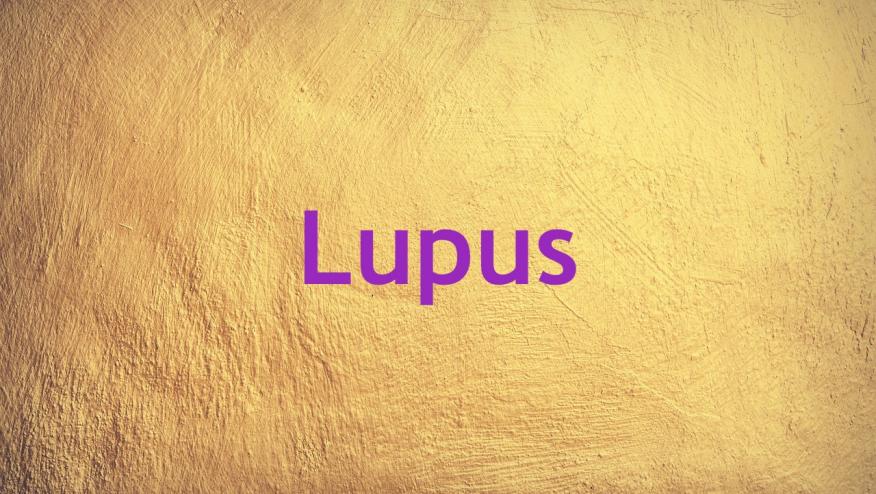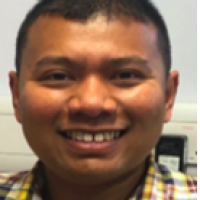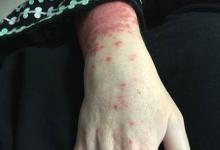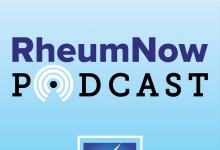SLE Conference Preview: progress in biologics Save

The pharmacology treatment including biologics, cellular-based therapies, and Bi-specific T-cell Engager (BiTE) in systemic lupus erythematosus (SLE) is a rapidly expanding field of research that provides excitement and optimism to both the patients and the physicians. We now have four licensed targeted therapies (i.e., belimumab, voclosporin and obinutuzumab for active lupus nephritis and belimumab and anifrolumab for active non-renal SLE). What are other issues to be addressed and promising therapies on the horizon?
In this article, we will preview some data that will be presented at this year’s ACR 25 Convergence Conference in Chicago, USA.
Since we now have an increasing choice of biologics with different modes of action, should we use our best effective therapies earlier in the pathway or after failure to conventional immunosuppressant? The EULAR 2023 update recommend that belimumab or anifrolumab could be used before conventional immunosuppressant in patients not responding to hydroxychloroquine (alone or in combination with glucocorticoids; GC) or patients unable to reduce GC below doses acceptable for chronic use. At ACR 25, post-hoc analysis of five Phase 3 RCTs of belimumab in SLE comparing the efficacy and safety of belimumab versus on immunosuppressant at baseline, both combined with hydroxychloroquine and GC will be presented to support the EULAR recommendation above (Abstract 0803). However, we have to take into account biological reimbursement policies for each country. It will be interesting to learn what the ACR’s stand is on this; the new ACR non-renal guideline in children and adults with SLE will be unveiled at the conference on Sunday 26-10-25.
Just over a year ago (24-09-2024), UCB and Biogen announced that dapirolizumab pegol, anti-CD40L pegylated, humanised monoclonal antibody met its primary endpoint of BICLA response in a Phase 3 RCT of non-renal SLE. The main results data were presented at EULAR 2025. At ACR 25, other key secondary endpoints data will be presented including achievement of Lupus Low Disease Activity State (LLDAS) and DORIS remission (Abstract 0645) and improvement in fatigue, musculoskeletal pain, and morning stiffness (Abstract 0644) favouring dapirolizumab over placebo. To me, achieving LLDAS and/or remission is clinically more meaningful as they provide a better representation of disease activity control over time compared to response outcomes which compare the efficacy of a therapy at the end of the study from baseline. The second abstract is also intriguing pertaining to the role of CD40L-inhibition in improving fatigue. Remember dazodalibep, another CD40L-inhibitor which resulted in improvement in fatigue in patients with Sjogren’s disease in a Phase 2 RCT? The second Phase 3 RCT of dazodalibep (PHOENYCS-FLY) is in progress and we look forward to seeing the results in the next couple of years.
What are other new promising therapy in SLE?
Interleukin 2 (IL-2) has shown therapeutic effect in SLE based on a Phase IIa RCT and other earlier phase or uncontrolled studies. At ACR 25, in the late-breaking poster (Abstract LB01), results of a multicentre, Phase 2b RCT in China that evaluates the efficacy and safety of IL-2 administration, given as subcutaneous injection every other day for 12 weeks, followed by weekly injection for another 12 weeks will be presented. It will be interesting to see whether if the study will be evaluated in a Phase 3 RCT and investigated globally for the findings to be generalised.
Please do also look out for pooled post-hoc exploratory analysis of two cohorts evaluated in a Phase 2 RCT of enpatoran, a first-in-class oral small molecule toll-like receptor 7/8 inhibitor. This study evaluated remission rates of cutaneous lupus in patients with CLASI-A ≥8 score at baseline between enpatoran and placebo (Abstract 0802).
Lastly, a post-hoc analysis of a Phase 2 RCT of ianalumab (dual mode B-cell inhibition through BAFF-R and ADCC) will be presented to compare achievement of LLDAS or DORIS remission and GC taper target between two groups; ianalumab in blinded 28-week phase + open label ianalumab for another 24-week versus placebo who then switched to open label ianalumab (Abstract 0801).










If you are a health practitioner, you may Login/Register to comment.
Due to the nature of these comment forums, only health practitioners are allowed to comment at this time.